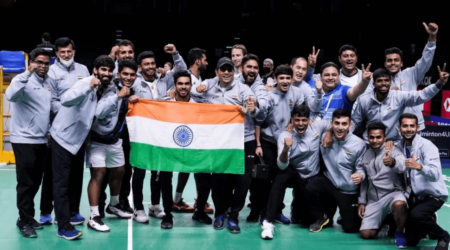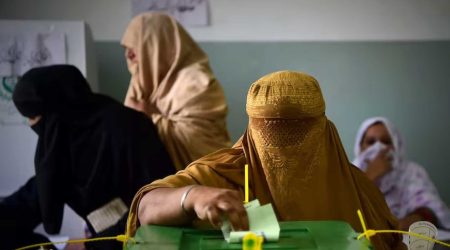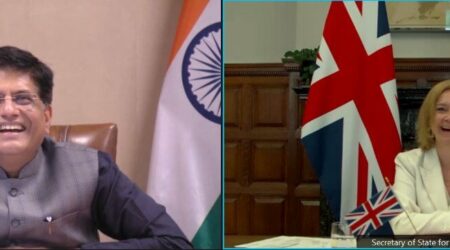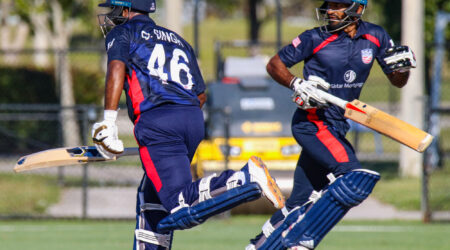By Neera Kuckreja Sohoni
Sanctioned from ancient times, Indian caste system has striking similarity to American race system. And much like the Covid virus, caste accompanies Indians overseas. Evem in America, according to a 2018 survey by Equality Labs, a majority of low-caste Indian respondents feel discriminated against at their workplace and educational institutions. Covert or overt references to caste appear in roommate and matrimonial listings.
In 1619, 20 Africans arrived in the colony of Virginia—a group believed to be the first enslaved Africans to arrive in British North America. In 2019, the distinguished New York Times published a collection of essays. Modestly titled The 1619 Project, it was ominous in its import suggesting the protection of slavery – a tremendously lucrative institution – as the motivational force behind America’s wish to free itself of the British rule.
Even as some historians objected that the 1619 Project got some significant elements of the history wrong, including the claim that the Revolutionary War was fought to preserve slavery, the project gained circulation even becoming the basis of a curriculum designed to inject a new version of American history into schools. Critical Race Theory is now compulsory reading in many institutions ranging from academia to corporate, non-profit and governmental.
2020 brought the alternate conflicting versions of US history into the open. There is now a full blown warfare between those who view America’s democracy and past as everything to be ashamed of, and those who still believe in its glory even with all its ugly warts originating in slavery and persisting in the form of racism and the demeaning dogma of color.
India stands at a similar historical and ideological crossroads. Sanctioned from ancient times and by Hindu scriptures, Indian caste system in striking similarity to American race system has warped the nation’s history and tarnished its glory. That caste continues to emasculate our constitutionally guaranteed human rights is the sad inescapable reality of Indian life and the unending dismal failing of our polity. Whereas in respect of America none can deny that slavery – morphed into racism – has remained central to its story, in the interest of moderation, one can argue whether slavery was at the core of US liberation. In contrast, the permanence and ubiquity of caste in India offers no such interpretive relief. Deeply woven from time immemorial into our (meaning Hindu) faith, culture and society, caste remains a powerful dominating and discriminating force both in India and among Indians who have migrated to other countries.
As indelible as a birthmark, caste presents itself as an identifying factor from birth to death. Your father’s caste (except in matriarchal setting) determines your caste, which in turn decides how and who will conduct your birth, naming, marriage and death ceremonies, who you could marry, what occupation you could choose, with whom you can freely socialize, and whether even after death you will qualify for the soul purification ritual.
Educated or illiterate, wealthy or poor, urban or rural, caste oppression continues to shape our landscape and behavior. Regardless of eminent sages from Buddha to Kabir and from Guru Nanak to Gandhi, Ambedkar, and today’s leading Dalit leaders raising their voices against it, discrimination and savagery against the outcastes and lower castes persists. Surprisingly caste biased practices exist even among erstwhile Hindus who converted to other egalitarian and caste-free faiths including Buddhism, Christianity, Islam, and Sikhism.
Social distancing in the wake of Corona is a novel experience for millions but a consistent reality for the lesser caste Indians. At some point, each of us Indians has witnessed or experienced the injustice of caste bias. Many of us have stood outside a temple and seen the humiliation of friends not allowed entry because they are not Hindus. Others have seen separate lines even when receiving charity and children being allotted separate seats in classrooms and canteens. Whether silently or actively we have upheld those taboos and perpetuated that human suffocation through indignity and isolation. These all-encompassing restrictions invariably have been guiding us consciously or subconsciously to make our critical life choices around caste considerations. Those of us who have dared to stand up to caste prohibitions when choosing who to marry have faced overt and covert recrimination and isolation.
The tragedy is that much like the Covid virus, the virus of caste accompanies us overseas infiltrating and poisoning our lives. As some have noted, wherever Indians and South Asians go, they bring caste. This holds true also in America where according to a survey of 1500 respondents published in 2018 by Equality Labs, around 67% of low-caste respondents reported being unfairly treated at their American workplace on account of caste. Those from marginalized castes also reported facing caste discrimination in American educational institutions with some claiming they lived in fear of their caste being ‘outed’. Covert or overt references to caste reportedly occur in workplace conversations, in roommate and matrimonial listings, and at cultural events.
Further exposure of caste bias came in 2020 when a report in mainstream media suggested the existence of caste virus even among the elite Indian class working and living in the revered Silicon Valley. The caste factor came to light when an Indian under an assumed name told a reporter of a dinner with his Indian manager during which a non-Indian guest asked about India’s caste system. The responses revealed opposing perceptions of the system. The Indian manager praised it as a way to structure occupational life in India with the scriptures sanctioning it as an efficient division of labor. Being Brahmin by caste the manager was the one to speak in the system’s defense. The opposing view put forth by the Indian underling predictably came from his own direct experience as one belonging to the unwanted caste.
The contentious matter could have ended there except it didn’t. Instead, it led to a poor performance review and the abrupt termination of his US tenure. His sudden transfer back to work in the Indian office was demoralizing as much for him as for his children and wife, but eventually he found another job which brought him back to the US. With no prior blemish in his performance review, he was left with the one conclusion – that the outing of his submerged caste or ‘Dalit’ status played a defining role in his relocation. Whether he is right or not in his inference is between him and his God, but it is not unfair to suggest its plausibility.
Described cruelly as untouchables and literally deemed as such, Mahatma Gandhi who chose to freely mingle with them, called them Harijans or God’s People in an effort to un-tarnish them. Independent India too, sought to redefine them possibly using their rechristening as one way to uplift their status. Several terms ranging from backward, socioeconomically depressed or submerged classes, and now ‘Dalits’ or ‘the Oppressed’ have been used. Unlike the American Constitution which carefully and unjustly chose to remain silent on slavery, the Indian Constitution outlaws caste discrimination and makes special provisions for Scheduled Castes and Tribes. While these have helped to an extent to equalize the field for marginalized castes, cultural dictates and social behaviors are slow to change. The promise of a caste-blind society remains a chimera. Discrimination and distancing not only persist but they risk turning savage at the slightest hint of breach of protocol. Taboo encounters such as a couple engaging in a cross caste romance or marriage, a Dalit Hindu converting to other faiths that reject caste system are easy ways to light a fire and burn down entire families and habitats.
Discrimination and segregation in some form or another continue to undermine the promise of democracy and equal citizenship for Dalits as for Blacks. While caste unlike color is not immediately recognizable to outsiders, Indians are conversant with the indicators. The last names are the easiest to reveal one’s antecedents. Vegetarianism and fair complexion suggest a Brahmin or upper caste origin, while meat eating and darker skin point to the opposite. Individually or together, any of those markers could trigger caste-based biases and discriminating behavior.
Fighting the caste virus in America is hindered by the fact that unlike race, gender and religion, caste is not a protected category under federal or state laws. Workplaces and institutions therefore are less likely to include it in their non-discrimination policies leaving little legal recourse for someone to lodge formal complaint against caste-based discrimination.
But there is hope. According to Thenmozhi Soundararajan, Executive Director of Equality Labs, on June 30 2020, California authorities sued Cisco, the technology company, and two of its employees for allegedly discriminating against an Indian engineer because he was from a lower caste. As Soundararajan notes, “it is the first time in US history that caste is at the center of a discrimination case.”
But rather than wait for courts to dictate our lives and enforce a more equal democracy for all, it behooves us as Indians to battle our own demons and refashion our conduct and thinking to triumph over our own caste related biases and failings.

Ms Sohoni is a freelance writer and published author.












